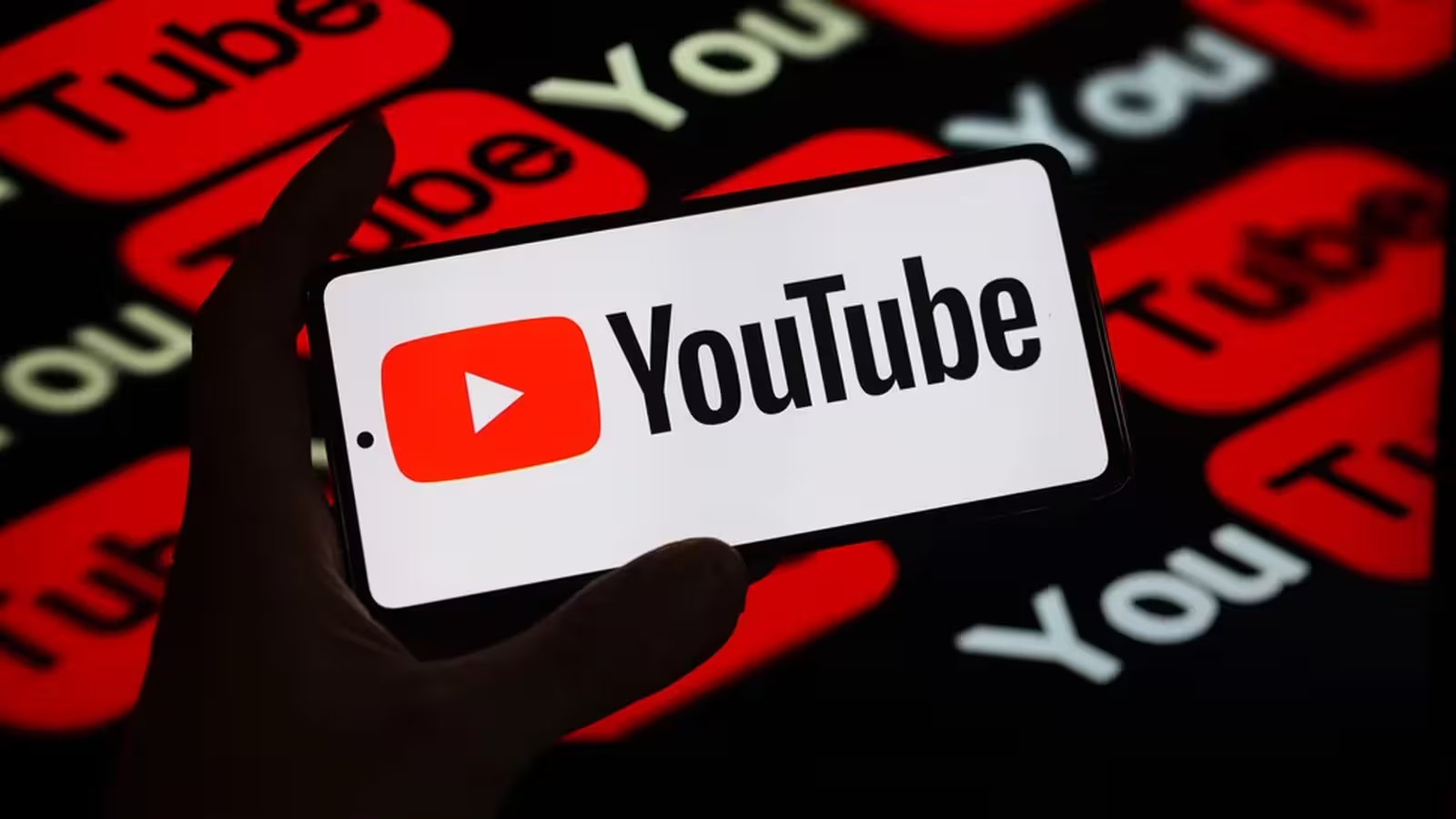3 Minutes
Overview: The rise of AI-generated low-quality channels
In 2025, YouTube faces a new wave of low-quality, AI-produced videos that threaten advertiser trust and platform credibility. Once dominated by conspiracy content, medical misinformation, and exploitative videos, the platform’s biggest challenge today is what critics call "AI slop": mass-produced clips that use generative AI, synthetic voiceovers, and recycled footage to flood feeds and gaming recommendation systems.
Policy updates and platform features tackling the problem
Monetization and Partnership program changes
Beginning in spring 2024, YouTube updated its creator policies and monetization rules to limit abuse. Key product features and policy changes include stricter eligibility for the YouTube Partner Program, new signals for demoting spammy uploads in search and recommendations, and automated detection of expired domain abuse and mass-uploaded content. The platform now factors content authenticity and volume into monetization eligibility, not just view counts.
Search ranking, recommendation algorithms, and content moderation
YouTube’s algorithmic adjustments aim to push low-value AI-generated videos further down search rankings and recommendation feeds. Machine learning models and human review are used to detect inauthentic channels and patterns of automated posting. These changes affect programmatic advertising performance and the distribution of ad revenue across creators.
Comparisons: YouTube vs. other social platforms
Compared to Meta platforms such as Facebook and Instagram, which have been criticized for tolerating or even rewarding high-volume AI-spam with ad payouts and reach, YouTube has signaled a preference for quality and longer-form human-produced content. That makes it currently more attractive for brand-safe advertising and for marketers focused on audience retention and measurable conversions.
Advantages of YouTube's tighter approach
- Improved brand safety for advertisers, reducing ad placement next to low-quality or misleading videos.
- Higher signal-to-noise in recommendations, which benefits creators producing genuine, long-form content.
- Better measurement and predictability for ad campaigns dependent on search ranking and programmatic ad inventory.
Use cases and who this matters to
Advertisers and media buyers will favor platforms that minimize ad adjacency risk and offer consistent ad inventory. Professional creators and publishers benefit from algorithmic adjustments that favor quality over volume, while developers of legitimate AI tools can still publish responsibly labeled AI-assisted content. Conversely, bulk AI content farms and operators of low-quality generative channels will see reduced reach and monetization potential.
Market relevance and future risks
Google’s decision to curb high-volume, inauthentic uploads is primarily a commercial move to retain large advertisers and protect ad revenue. However, this stance could shift: if platform economics change and volume becomes more profitable than quality, policy reversals are possible. For now, YouTube’s approach highlights ongoing tensions between algorithmic content moderation, generative AI, and ad-driven platform economics.
Practical recommendations for creators and advertisers
Creators should prioritize original, well-produced long-form videos, transparent labeling of AI-assisted content, and consistent community guideline compliance. Advertisers should include content moderation and brand-safety checks in media buys, and monitor platform policy updates closely as algorithmic ranking and monetization rules continue evolving.
Source: futurism


Leave a Comment